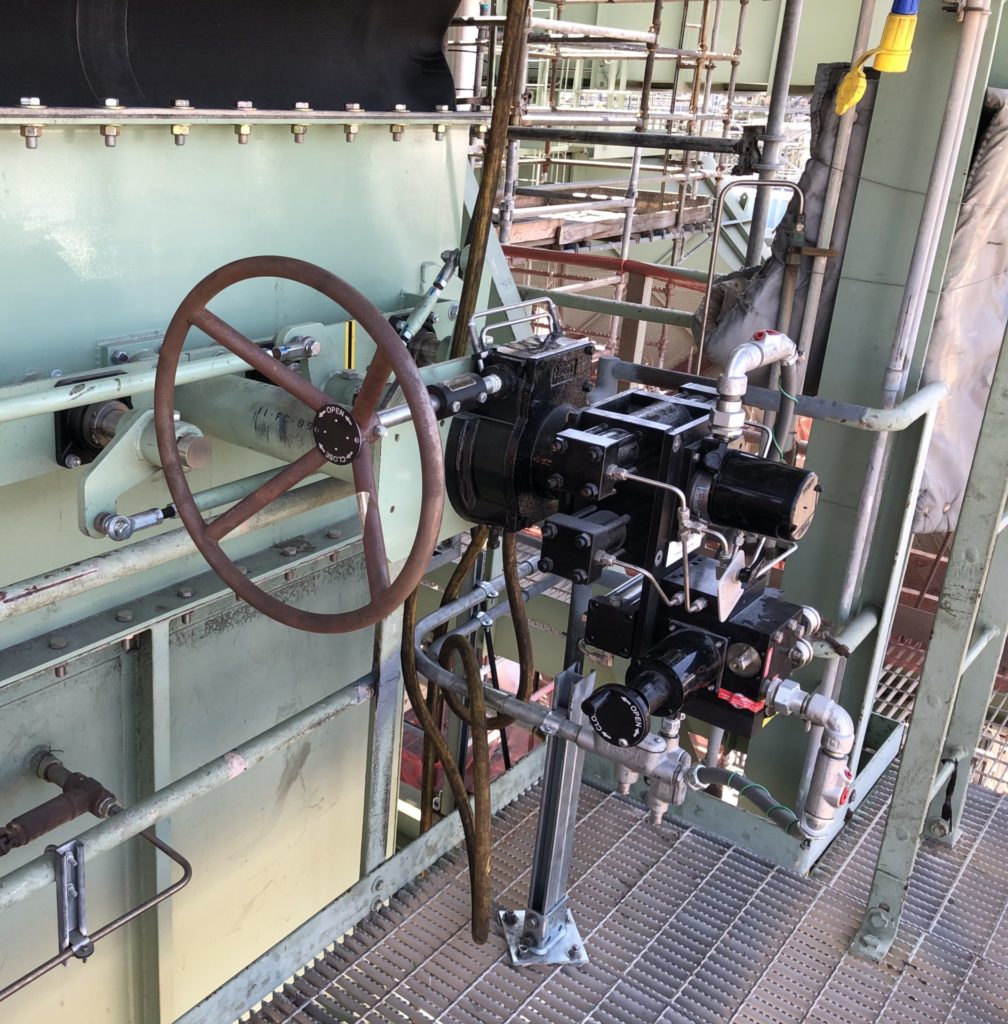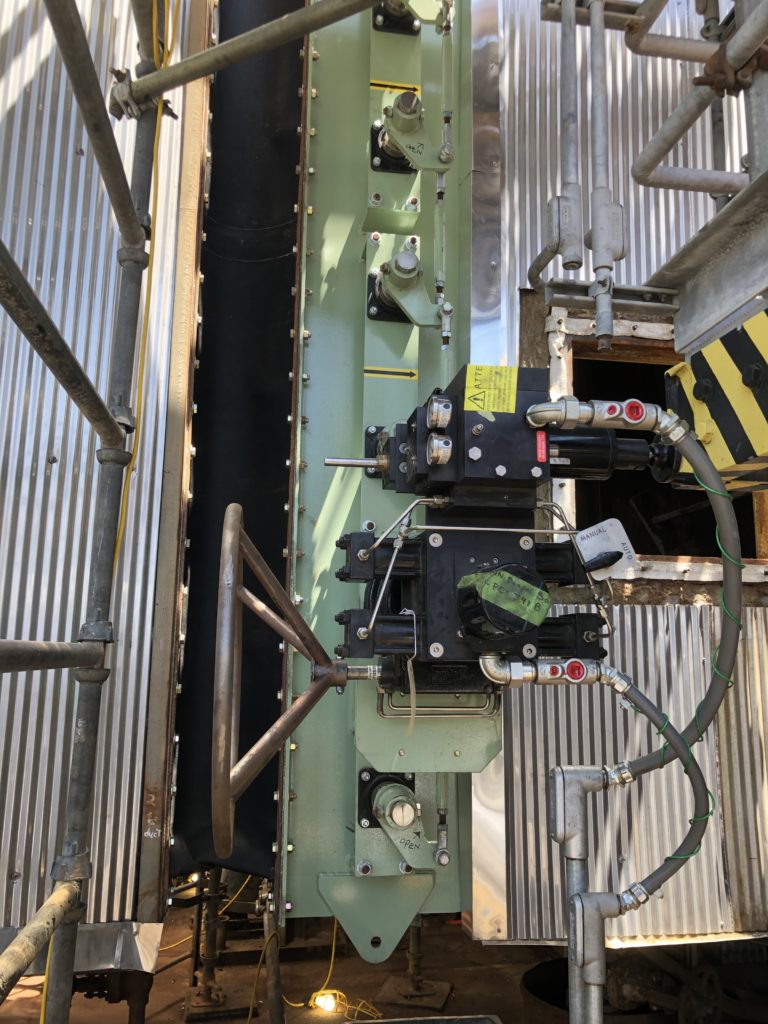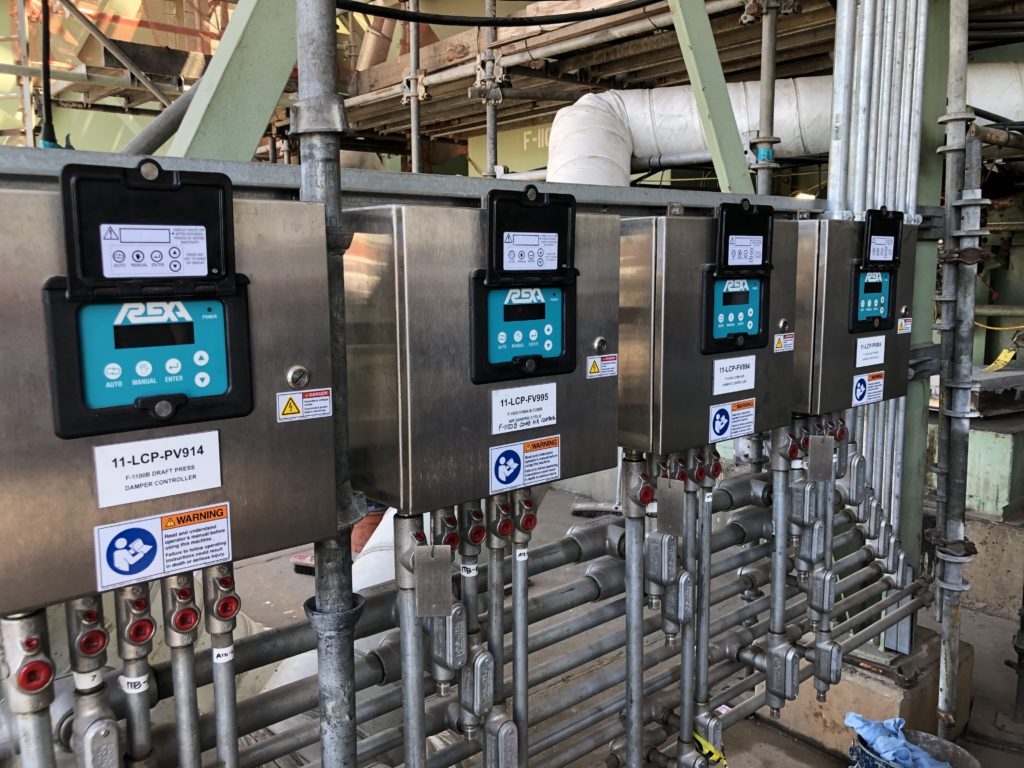Success Story: Improved Air Control and Furnace Safety
REXA recently conducted a successful installation on a crude unit heater at a refinery in California. Furnaces help refineries and petrochemical plants break down and convert hydrocarbon fluids into fuels or chemicals such as gasoline, diesel, ethylene, and propylene. When making process improvements, these facilities tend to overlook
improving furnace draft control. There are many instruments to choose from when optimizing the draft in a process heater. The challenge is safely elevating process fluid temperature to a target level, maximizing thermal efficiency and throughput and reducing O2, CO and NOx emissions.
This refinery suffered from many damper-related issues. Having 3 furnaces on a single selective catalyst reduction (SCR) unit with all air supplied by one forced draft fan and all flue gas extracted by one induced draft fan, it’s imperative all dampers operate reliably. This complicated furnace/SCR arrangement include 3 stack dampers, 3 combustion dampers, a forced draft (FD) fan suction damper and two split induced draft (I/D) fan suction dampers.
The plant retrofitted this crude unit with balanced draft SCR equipment over 20 years ago and has experienced damper issues ever since. The dampers were replaced to fix the problem, but unfortunately the pressure drop across the dampers proved too much for the pneumatic actuators to control. This resulted in delayed damper response, causing poor draft pressure control. This led to fuel-rich operation or bogging conditions – a major safety concern.
The plant then consulted REXA to find the necessary solution. After installing the new dampers and directly mounting our actuator, plant operators almost immediately noticed a significant improvement in damper performance air control. For the first time in decades, the crude unit started up without issue and the dampers began and continue to control better than ever before!



Literature
Read the full Success Story by downloading here!
